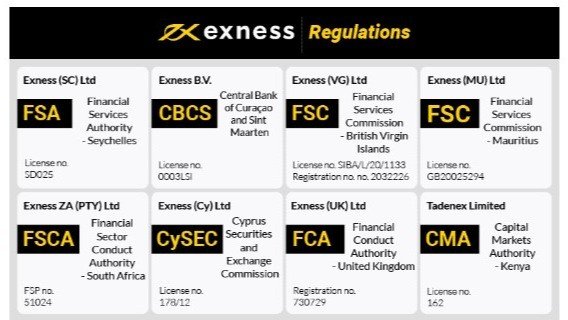
In the world of trading, the Exness Scalping Strategy has gained tremendous popularity among traders looking for quick profits. This method focuses on making multiple trades over short timeframes, capitalizing on minute price fluctuations. Scalping requires discipline, speed, and a well-thought-out approach to risk management. To start exploring how to enhance your trading experience, consider checking out Exness Scalping Strategy global Exness, a platform known for its robust trading features and support.
Scalping can be seen as both an art and a science. It requires the trader to anticipate market movements using technical analysis, charts, and other trading indicators. In this article, we will dive deep into the Exness Scalping Strategy, outlining essential components, techniques, and tips to help you reach your trading goals.
Understanding Scalping
Scalping is defined as a trading strategy that attempts to profit from small price changes typically occurring within a short period. Scalpers look to make dozens or even hundreds of trades in a single day, benefiting from small price movements. The key to high-frequency trading lies in the trader’s ability to react quickly and make decisions based on very short-term trends.
One of the fascinating aspects of the Exness Scalping Strategy is its accessibility to both novice and experienced traders. The low entry barriers make it an attractive option for many individuals seeking to enter the financial markets. However, to be successful, traders must understand various technical indicators and how to manage risk effectively.
Key Elements of a Successful Scalping Strategy
To develop a winning Exness Scalping Strategy, traders should focus on several key elements:
1. Timeframe Selection
Scalpers typically employ very short timeframes, ranging from one minute to five minutes. By setting a short timeframe, traders can more easily identify small price movements and capitalize on them. Selecting the right timeframe is critical in determining the overall success of your strategy.
2. Trading Instruments
Not all trading instruments are suitable for scalping. It is often best to focus on highly liquid pairs, such as EUR/USD or GBP/USD. These pairs tend to have lower spreads and exhibit high volatility, making them ideal candidates for a scalping strategy.
3. Technical Indicators
Indicators are crucial in helping scalpers identify potential entry and exit points. Some popular indicators used in the Exness Scalping Strategy include:
- Moving Averages (MAs): These can help identify trends and potential reversals.
- Relative Strength Index (RSI): This momentum oscillator can indicate overbought or oversold conditions, useful in scalp trading.
- Bollinger Bands: These help identify volatility and potential price breakouts.

4. Risk Management
Effective risk management is paramount in any trading strategy, especially in scalping. Traders should decide how much of their capital they are willing to risk per trade. A common rule of thumb is to risk no more than 1-2% of your total trading account on any single trade. Additionally, set stop-loss orders to limit potential losses and maintain a favorable risk-reward ratio.
Building Your Exness Scalping Strategy
Creating a personalized Exness Scalping Strategy involves a few steps:
1. Select Your Trading Platform
A reliable trading platform is essential for scalping. Ensure that your chosen platform provides fast execution speeds, low spreads, and a user-friendly interface. Exness is known for its competitive spreads and robust performance, making it a suitable choice for scalpers.
2. Analyze the Market
Before trading, spend time analyzing the market. Look for trends, news, and events that could impact price movements. Technical analysis, combined with an understanding of fundamental factors, can give you an edge in scalping.
3. Practice with a Demo Account
Before diving into real trading, consider practicing your strategy with a demo account. This allows you to refine your approach, get used to your trading platform, and gain confidence without risking real money. Most platforms, including Exness, offer demo accounts that simulate live trading environments.
Common Mistakes to Avoid in Scalping
While following a scalping strategy can be profitable, it’s crucial to avoid common pitfalls. Here are a few mistakes to steer clear of:
1. Overtrading
Scalpers can often fall into the trap of overtrading, where they engage in too many trades within a short time owing to impulsive decisions. Always ensure trades align with your strategy, and avoid taking unnecessary risks.
2. Ignoring Market Conditions
Market conditions can change rapidly; therefore, it’s imperative not to ignore critical factors such as economic announcements or geopolitical events that can influence market movements. Always stay informed.
3. Lack of Discipline
Successful trading requires a disciplined approach. Stick to your trading plan and avoid emotional decision-making. Patience and discipline are vital attributes for a successful scalper.
Final Thoughts
The Exness Scalping Strategy can be a lucrative approach to trading if implemented correctly. By leveraging short timeframes, technical indicators, and proper risk management, traders can generate consistent profits. However, like any trading strategy, it comes with its challenges and risks. Always remain disciplined, stay informed about market conditions, and refine your strategy through practice. With dedication and the right tools, you can successfully navigate the fast-paced world of scalping and enhance your trading journey with Exness.